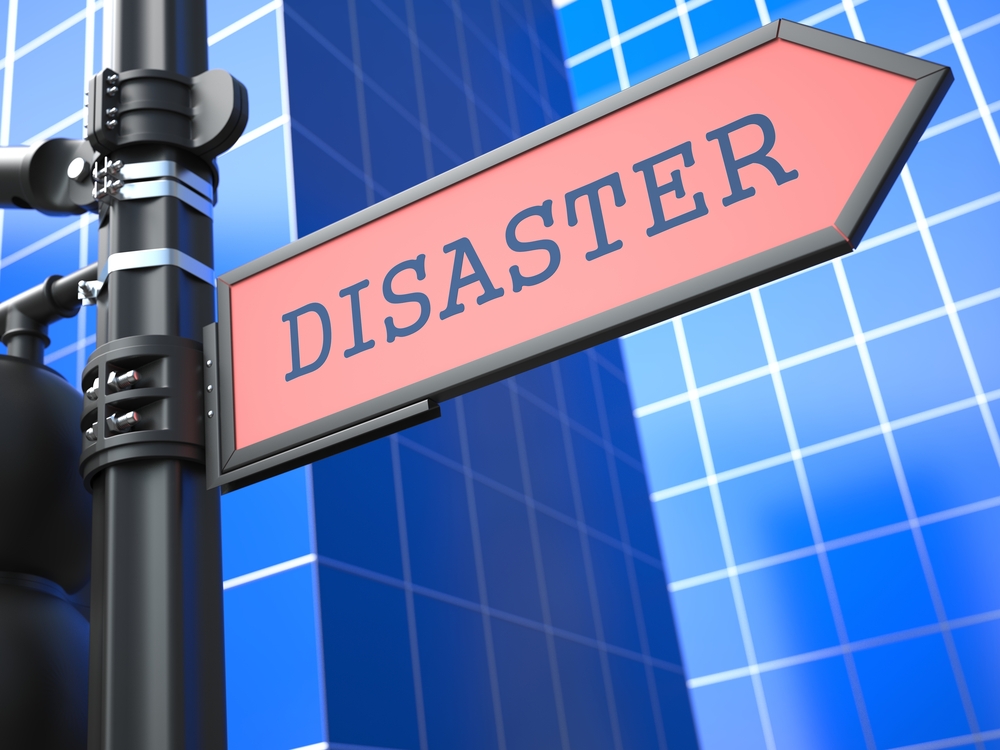August 20, 2020 Posted by Pocketstop in Mass Notification Social Share
If the COVID-19 pandemic has taught us anything it is that emergencies can happen at any moment — severe weather, natural disasters or active shooters. These are events that threaten employee safety and impact business operations. Businesses need to choose the right emergency communications strategy, which can include software and mobile app .
Selecting the right emergency notification system can help any organization reach all of its employees with critical information, regardless of where employees are, how they work, or what device they are using.
To maximize the effectiveness of communications, these systems should incorporate certain key capabilities to keep people safe, informed and connected when disaster strikes.
System Integration
This allows your mass notification system to seamlessly integrate with all kinds of databases and devices. This will allow your messages to be more flexible and powerful, appearing in more places with more people having access to your information.
This goes a giant step beyond systems that only focus on one type of communication, say fire or security notifications, or appear on only one type of system, such as social media or text messages. System integration allows you to move past these types of limitations. The strategy also gets the information to more people in real time.
One unified system can get the message quickly to where it may need to go; for example, an intranet message, as well as texts, emails and voice calls simultaneously.
In a word, your system integration makes your mass notification streamlined.
Event Monitoring
Your mass notification system administrators should be able to keep an eye (and an ear) on what is going on, allowing them to deliver real-time updates and critical information that is relevant to your event. They should be plugged into a variety of news sources, including local and national media, police and fire departments, weather services and traffic information. They should be able to leverage all this information and share it in a clear, organized, coherent manner using Redflag. The updates should be targeted so that only those in the effected areas receive your mass notification message allowing them to stay informed with relevant, accurate, easy-to-understand information.
Geotargeting
Precise targeting helps in a time of crisis, so those effected and able to help can get a better idea of what is going on in real time, and in proximity to the relevant event. If you think about a natural disaster or even a storm, you can get a better idea of what your plan of action should be in consideration of your distance from the event. This can also apply to such unfortunate events as mass shootings, or more minor events such as highway closings. Having the ability to geotarget your messages can help everyone involved have a bird’s eye view of what’s happening and how to proceed.
Geotargeting allows you to identify a geographic area around the incident or action that is happening, and then notify and/or alert everybody within that area. The people in that danger zone will be able to stay informed and alerted as events unravel. Even better, the communication goes directly to the people who will need it most, and not to a broad audience who may not be at all involved in the event.
Two-Way Communication
Sometimes you may need to hear from the people who are in the thick of the event or emergency. They may be the best people to supply much-needed information and updates so that everybody involved can benefit or stay safe; it can also be a way to make sure that person is safe. Two-way communication allows users and recipients of your system to communicate and respond. This system should also require that the person being contacted reply with a confirmation that the message was received — even just making sure that the person you are trying to reach is okay and safe. If the person does not respond, you should be able to use the two-way communication until you do get the response you’re requesting.
Multi-Channel Delivery
Make sure your mass notification system is working on all cylinders: text messages, emails, phone calls, social media, Yammer, intranet, and digital signage on the property. However the message is able to be delivered, your system should be able to deliver it, all at once, with no exceptions and no stumbles. In an emergency situation, you should be able to contact, inform, and advise your audience on every platform and channel, allowing for more communication opportunities and paths toward safety.
Native Mobile Application
A native emergency mobile application — or to use the more common term, “app,” — is installed directly on your smartphone. They are usually created for a specific purpose (for instance, your mass notification system) and can work seamlessly with all the functions of your phone. Apps like these are meant to work faster because they are pulling from the power of your phone processor (instead of the Internet) and can access your GPS hardware. Native mobile applications like these are offered on both iOS and Android devices. This allows administrators and users to easily send out messages even if they are away from their computer or the office.
Bottom Line
Information in a time of crisis is only as good as how it gets communicated. If your mass notification system is to play a crucial role in helping people through an emergency, it needs to be delivered to the right people in a timely manner, on all platforms, devices and channels, with the ability for providing feedback. It also has to be dependable enough to not shut down or trip up in the heat of the moment, due to Internet issues or general outages. The system should allow users to draw the most current and relevant information from local and national new sources and local police and fire departments.
Social Share


